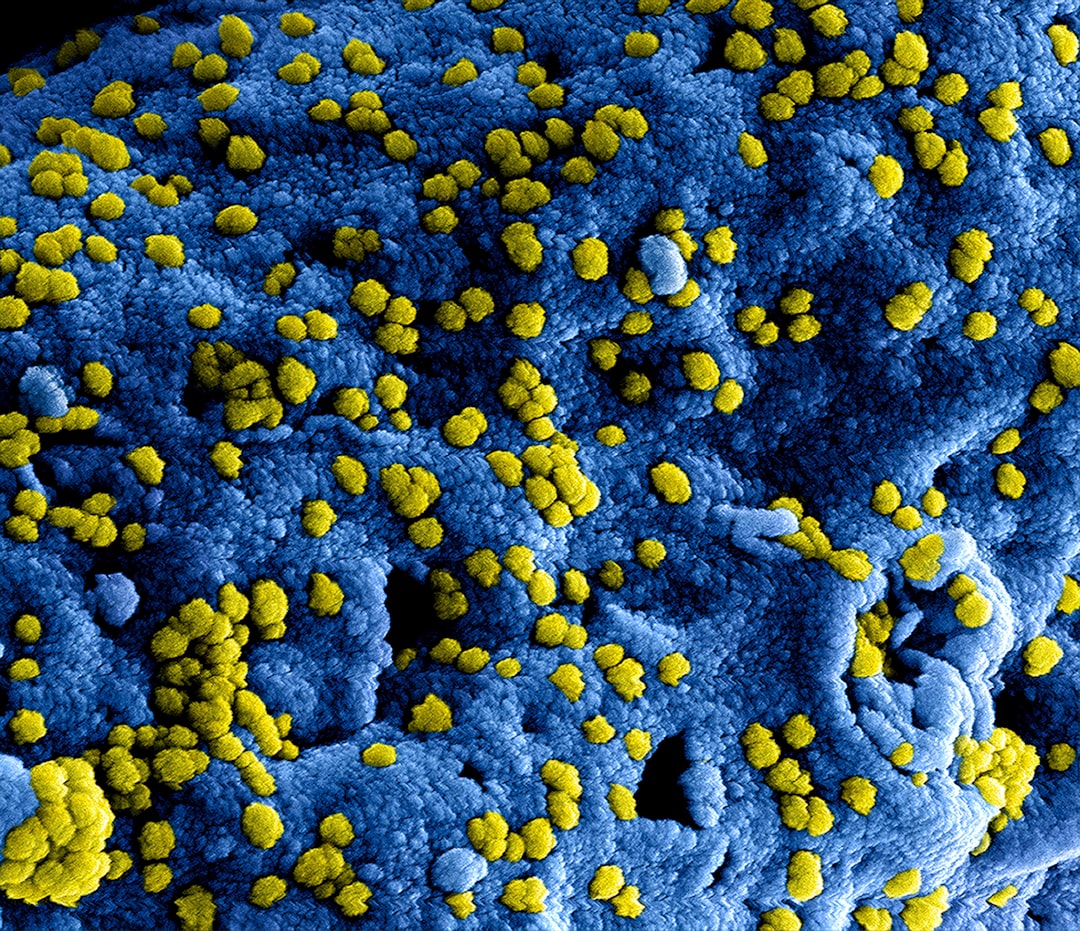What is it about?
The environmental changes interfere with vertebrate endocrinesystems. The endocrine biomarkers are used to indicate the conditionof both free-ranging and farmed animals. The aim of this study was toshow an impact of environmental changes on arginine vasotocin(AVT), isotocin (IT) and melatonin (MEL) in selected fish species. AVTand IT are neurohormones synthesized in hypothalamic nuclei andreleased to the blood stream in the neurohypophysis. Changes inhypothalamic, pituitary and plasma AVT and IT concentrations werefound in many fish species subjected to different type of stress, i.e.confinement, disturbance, high density, food deprivation or osmotic.An effect of stress on nonapeptides' synthesis and release depends onthe type of stress stimuli. MEL, synthesised mainly in pineal organ, is awell-known scavenger of free radicals and serves as a sensitive, first-line defensive molecule in the protective mechanism of organisms.Thus alterations in pineal and plasma MEL levels could be usefulbiochemical markers of exposure to stress. A role of AVT, ITand MEL instress axis of fish has been suggested. AVT, IT and MEL can beconsidered as hormonal markers of the internal state of the individualand thus seems to be good candidates for welfare indicators.
Featured Image
Read the Original
This page is a summary of: Melatonin, vasotocin and isotocin as biomarkers of the condition of fish, Comparative Biochemistry and Physiology Part A Molecular & Integrative Physiology, September 2010, Elsevier,
DOI: 10.1016/j.cbpa.2010.06.050.
You can read the full text:
Contributors
The following have contributed to this page










